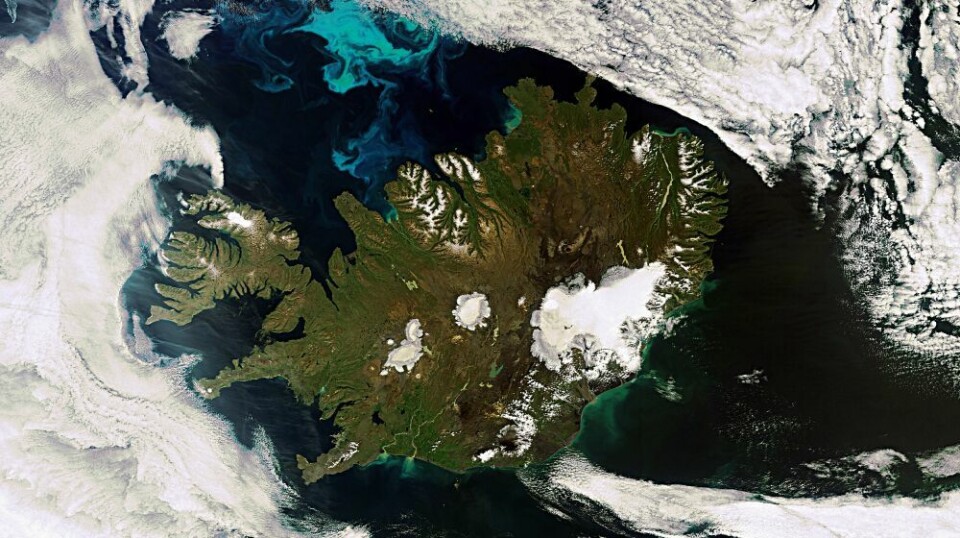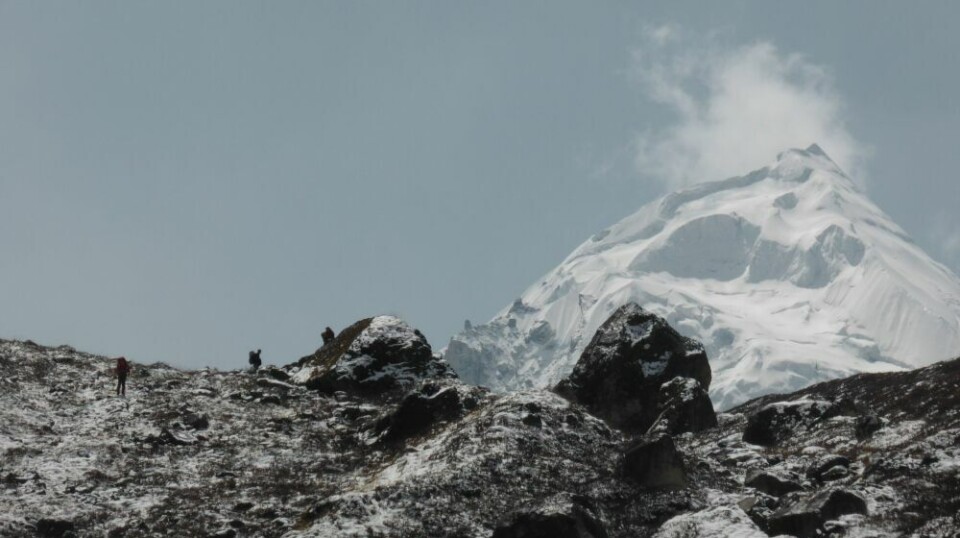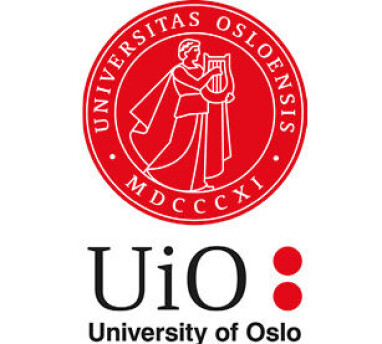THIS CONTENT IS BROUGHT TO YOU BY University of Oslo - read more
Melting glaciers are reducing freshwater supplies
This has major consequences for the planet.

Glaciers have been losing an average of 273 billion tonnes of ice per year since the year 2000. This is shown by new findings from an international research project, The Glacier Mass Balance Intercomparison Exercise (GlaMBIE). A total of 35 research teams were involved.
Hidden within this average is an alarming increase over the last 10 years.
Ice melting from glaciers around the world depletes freshwater resources. It also causes global sea levels to rise at an accelerating rate.
The study was coordinated by the World Glacier Monitoring Service and hosted by the University of Zurich (UZH). It was recently published in the scientific journal Nature.
Norwegian researchers participated in the study. Among them was Désirée Treichler from the University of Oslo. Treichler contributed glacier data for four regions: Iceland and three high mountain regions in Asia. She served as an expert for two of the four methods used in the study.
Satellites measure even the most remote areas
The new study is noteworthy for its use of satellite data analysed with a Digital Elevation Model (DEM). This provides data based on satellite observations instead of modelled data.
“The time series compiled from satellite data give us a precise overview of the mass balance of the glaciers worldwide. The satellites measure even the most remote areas, and provide a complete picture of the status of glaciers," says Treichler.
The researchers used four complementary data sources to measure recent changes in ice volume and freshwater loss on a global scale.
The new time series are also interesting for climate research and for the UN's climate panel (IPCC) assessments of climate change.

The GlaMBIE project had hundreds of contributors from around the world. The study combined different types of data from field measurements and satellite sensors. This includes optical, radar, laser, and gravimetric measurements. In this way, the researchers gathered data on changes in glacier mass for all glacier regions globally from 2000 to 2023.
Loss of freshwater
The study shows that since 2010, glaciers have lost about 5 per cent of their total volume. Central Europe has lost a staggering 39 per cent. Areas such as the Antarctic and subantarctic islands have lost about 2 per cent.
They also found that the amount of ice lost was 36 per cent greater between the years 2012 and 2023 compared to the 231 billion tonnes lost in the first half of the study period.
In addition to the rising sea levels, glacier melting represents a significant loss of regional freshwater resources. Professor and glaciologist Michael Zemp at the University of Zurich, who co-led the study, explains this with an example that is easier to understand:
“The 273 billion tonnes of ice lost annually amounts to what the entire global population consumes in 30 years, assuming three litres per person and day.”
Glacier mass loss between the years 2000 and 2023 was 18 per cent higher than that of the Greenland ice sheet, and more than double that from the Antarctic ice sheet.
Researchers warned that aside from contributing to the rising of global sea levels, the melting of glaciers will deplete freshwater reserves.
More studies to come
This study required several years of work, analyses, and discussions for the researchers. The satellite observations included data from the US Terra/ASTER and ICESat-2, the US–German GRACE, the German TanDEM-X, and the European Space Agency’s CryoSat missions.
Since such a data foundation has not been available until now, IPCC reports have been based on model calculations and selected studies.
“But it's reassuring, for us and for the IPCC models, that the final sum we derive from the data aligns with the IPCC's figures,” says Treichler, adding:
“However, there are regional differences to the modelled results that would be useful to examine more closely."
She believes there is room for follow-up studies that go into even greater detail and include more research groups.
"Therefore, we hope to start with GlaMBIE 2 later this year,” she says.
Read more about the GlaMBIE research exercise here.
Reference:
The GlaMBIE Team. Community estimate of global glacier mass changes from 2000 to 2023, Nature, vol. 639, 2025. DOI: 10.1038/s41586-024-08545-z
———
Read the Norwegian version of this article on forskning.no

This content is paid for and presented by the University of Oslo
This content is created by the University of Oslo's communication staff, who use this platform to communicate science and share results from research with the public. The University of Oslo is one of more than 80 owners of ScienceNorway.no. Read more here.
More content from the University of Oslo:
-
A researcher has listened to 480 versions of Hitler's favourite music. This is what he found
-
Researcher: "AI weakens our judgement"
-
New, worrying trend among incels, according to researcher
-
Ship’s logs have shaped our understanding of the sea
-
New study: The dilemma of copyright in the Global South
-
How your lifestyle affects your risk of bowel cancer




































